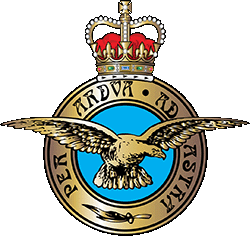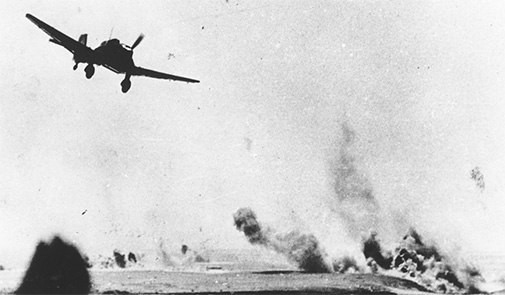
How North Africa Became a Battleground in World War II
Photo in Public Domain
Learn more Timeline : key events
Timeline : key eventsthe North and northEast African Campaigns WW2.

At the outset of WW2, France (under the Vichy Government) controlled Algeria, Tunisia, French Morocco, and French West Africa. The so-called Free French (under De Gaulle) controlled French Equitorial Africa. Italy controlled Libya and Ethiopia. Great Britain controlled Egypt, Jordan, the Sudan, Somalia and most of Yemen (then known as Aden). Saudi Arabia was neutral.
• French Vichy government signs a treaty with the Germans
• Mussolini declares war on the Allies
• The Italian 10th army (comprising some 200,000 troops) attacks Egypt from Libya
• British Somalia invaded from Ethiopia
• British forces evacuate across the Persian Gulf to British held Aden (now Yemen)
• December 9th - Battle of Sidi Barrani (in Egypt) counter attack by British and Indian troops forces Italians back
• Mussolini requests German assistance in Cyrenaica (in Lybia) for a Panzer Division, Luftwaffe units and logistical support.
• Battle of Tobruk takes place with the Italian forces defeated
• Germany mines the Suez Canal
• Rommel moves into Libya to recapture El Agheila
• British Northern Forces capture Massawa, the last Italian stronghold in Eritrea (& the last threat to British convoys sailing through the Red Sea)
• British begin to extensively bomb along the Mediterranean
• Rommel and the Afrika Korp start to evacuate Benghazi.
• Rommel counterattacks and recaptures Derna
• The Afrika Korps take Sidi Barrani, Sollum and the Halfaya Pass in Libya
• Rommel is appointed Field Marshall
• Montgomery is assigned to and takes command of the British 8th army
• Battle of Alam Halfa (in Egypt) takes place with heavy Afrika Korp tank losses
• Rommel recommends retreat but is ordered to remain in place
• The Italian 20th Motorised Corps is destroyed
• With only a dozen tanks left, Rommel re-issues orders for retreat and begins his withdrawal to Tripoli.
• Roosevelt and Churchill demand unconditional German surrender which Hitler ignores
• The 8th army moves against Rommel's rear guard
• May12 sees the surrender of all German and Italian forces in North Africa
• The Cairo Summit opens between Churchill, Roosevelt and Chiang Kai-shek
• The Teheran Summit opens with Churchill, Roosevelt and Stalin to discuss the future of post-war Germany and Poland
• Allied forces now control North and East Africa
• In July Italian and Sicily Campaigns begin with British-Canadian-American invasion of Sicily.
• British Royal Navy completely controls the Mediterranean massively improving communications with Egypt, the Far East, the Middle East, and India
• British units move into Italy and Germany from the West
• Russian forces move into Germany from the East
• American, British, Canadian forces move into Germany from the West and North
• October 14th - Hitler "allows" Rommel to commit suicide.
• German armies in Italy surrender on April 29th
• Hitler commits suicide April 30th
• Hostilities formally end on May 2nd
• In August all remaining Germany forces in Europe surrender unconditionally
• The United States drops "Big Man" and "Little Boy" atomic bombs on Hiroshima (August 6th) and Nagaskai (August 9th)
• On August 15th, Imperial Japan surrenders unconditionally (officially signed Sept 2nd).
• May 1945 - WAAFs deployed to Egypt and the Sudan (El Gedida) to assist in wind down of military base operations
• Spring / early summer 1946 - British forces and WAAF personnel stationed at El Gedida begin return to England
• Back in England, WAAFs are discharged from active service and return to civilian life
• RAF squadron No 6 redeployed to Italy
• RAF squadron No 237 disbanded.
Wikipedia, HistoryNET, National Army Museum (UK), and Encyclopedia Britannica websites

Photo in Public Domain
Learn more
Photo in Public Domain
Learn more